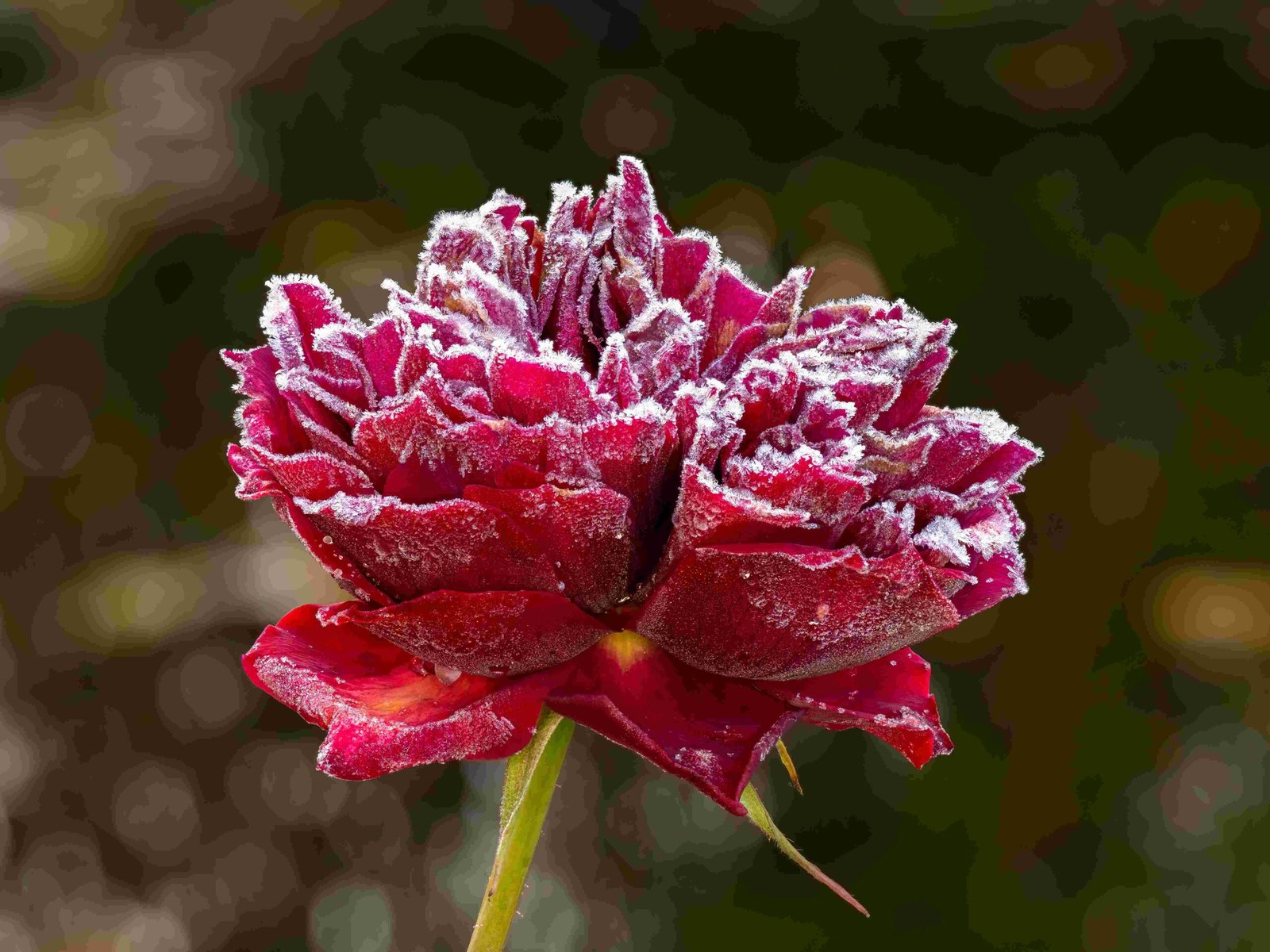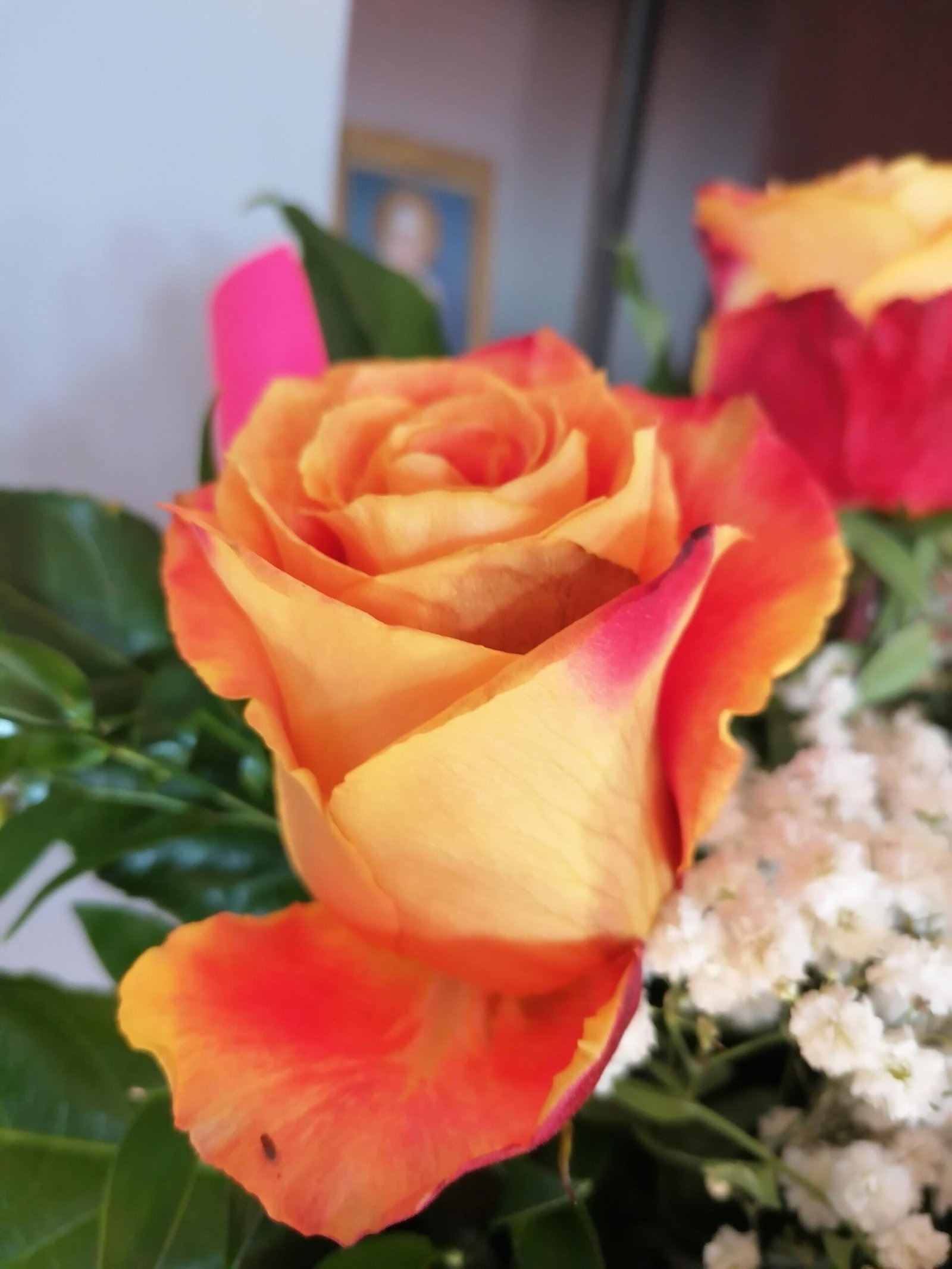How to Draw a Rose on Fire: Step-by-Step Guide

Unleash your artistic skills and create a captivating rose engulfed in flames with this comprehensive step-by-step guide. Whether you’re a beginner or an experienced artist, this tutorial will walk you through the process of sketching the rose’s structure and seamlessly incorporating the dynamic flames. Get ready to bring your fiery vision to life!
What Materials Do I Need to Draw a Rose on Fire?

To create your masterpiece, you’ll need the following materials:
- Pencils (HB, 2B, 6B)
- Colored pencils or watercolors
- Blending stumps and tortillons
- Brushes (for watercolors or acrylics)
- Paper or sketchbook
How Do I Sketch the Structure of the Rose?
Step 1: Outline the Basic Shape of the Rose
Start by sketching the basic outline of the rose, focusing on the overall shape and the arrangement of the petals. Remember, the petals are always changing shape, so don’t worry about getting the lines perfect.
Step 2: Define the Petal Shapes
Next, define the shapes of the individual petals, adding layers and folds towards the center. The center of the rose is the most detailed part, with tightly packed and layered petals.
Step 3: Maintain Realistic Proportions
Ensure the petals are layered realistically, with the inner petals being more tightly packed and the outer petals more spread out. Maintain the proportions of the rose, with the center being the most detailed.
How Do I Incorporate the Flames?
Step 4: Sketch the Flame Outlines
Around the petals, sketch the outlines of the flames. Flames can be irregular and wavy, with varying sizes and directions. Consider the movement and flow of the flames as you create the outlines.
Step 5: Add Details to the Flames
Now, add details to the flames by sketching the inner structures, such as the core of the flame and the outer flickers. Use soft, flowing lines to capture the dynamic movement of the flames.
What Color Palette and Mediums Should I Use?
Rose Colors
- Petals: Use deep reds, vibrant oranges, and slight touches of yellow to create a realistic rose color. For a rose on fire, you might also include darker, charred areas on the petals.
- Mediums: Colored pencils or watercolors can be effective for creating the rose. Colored pencils allow for detailed layering, while watercolors can provide a softer, more blended look.
Flame Colors
- Flames: Use a range of yellows, oranges, and whites to depict the flames. The core of the flame can be a bright yellow or white, transitioning to orange and red towards the edges.
- Mediums: For flames, watercolors or acrylics can capture the fluid, dynamic nature. If using colored pencils, layering different shades can achieve a similar effect.
What Shading and Highlighting Techniques Should I Use?
Tools and Methods
- Blending Stumps and Tortillons: Use these tools to blend colored pencil or graphite shading, creating smooth transitions between the rose and the flames.
- Cross-Hatching and Stippling: These techniques can add depth and texture to both the rose and the flames. Cross-hatching is particularly effective for creating the layered, folded effect of the petals and the detailed structure of the flames.
- Brushes: For watercolors or acrylics, use different brush sizes and types to create varying effects. A small brush can detail the rose’s center, while a larger brush can capture the sweeping motion of the flames.
Enhancing the Illusion of Flames
- Contrast: Ensure there is a clear contrast between the cool tones of the rose and the warm tones of the flames. This contrast will help the flames stand out.
- Highlighting: Use highlights to make the flames appear more vibrant and dynamic. Apply white or light yellow highlights to the tips of the flames to give them a glowing effect.
- Shading: Shade the areas where the flames are touching the rose to create a sense of heat and burning. Darken the edges of the petals where they are engulfed by flames to enhance the illusion of burning.
What Are Some Common Challenges and Solutions?
Balancing Contrast
- Challenge: Balancing the contrast between the rose and the flames can be difficult, as the bright flames might overpower the rose.
- Solution: Use a range of values (light and dark) to balance the contrast. Ensure the rose has enough shading to stand out against the bright flames. You can also use a lighter touch when coloring the flames near the rose to avoid overwhelming it.
Capturing Movement
- Challenge: Capturing the dynamic movement of the flames can be tricky.
- Solution: Use flowing lines and soft edges to depict the flames. Practice sketching flames from different angles and observe how they move to get a better understanding of their dynamic nature.
Maintaining Realism
- Challenge: Maintaining realism in both the rose and the flames.
- Solution: Study reference images of roses and flames. Pay attention to the textures, colors, and how light interacts with both subjects. Use blending and layering techniques to achieve smooth, realistic transitions.
Reference:
1. YouTube: How to Draw a Rose by LethalChris
2. The Rose Pyrography Tutorial on Pyrography Made Easy
3. YouTube: Burning Rose in Flames Beginners Learn to paint
